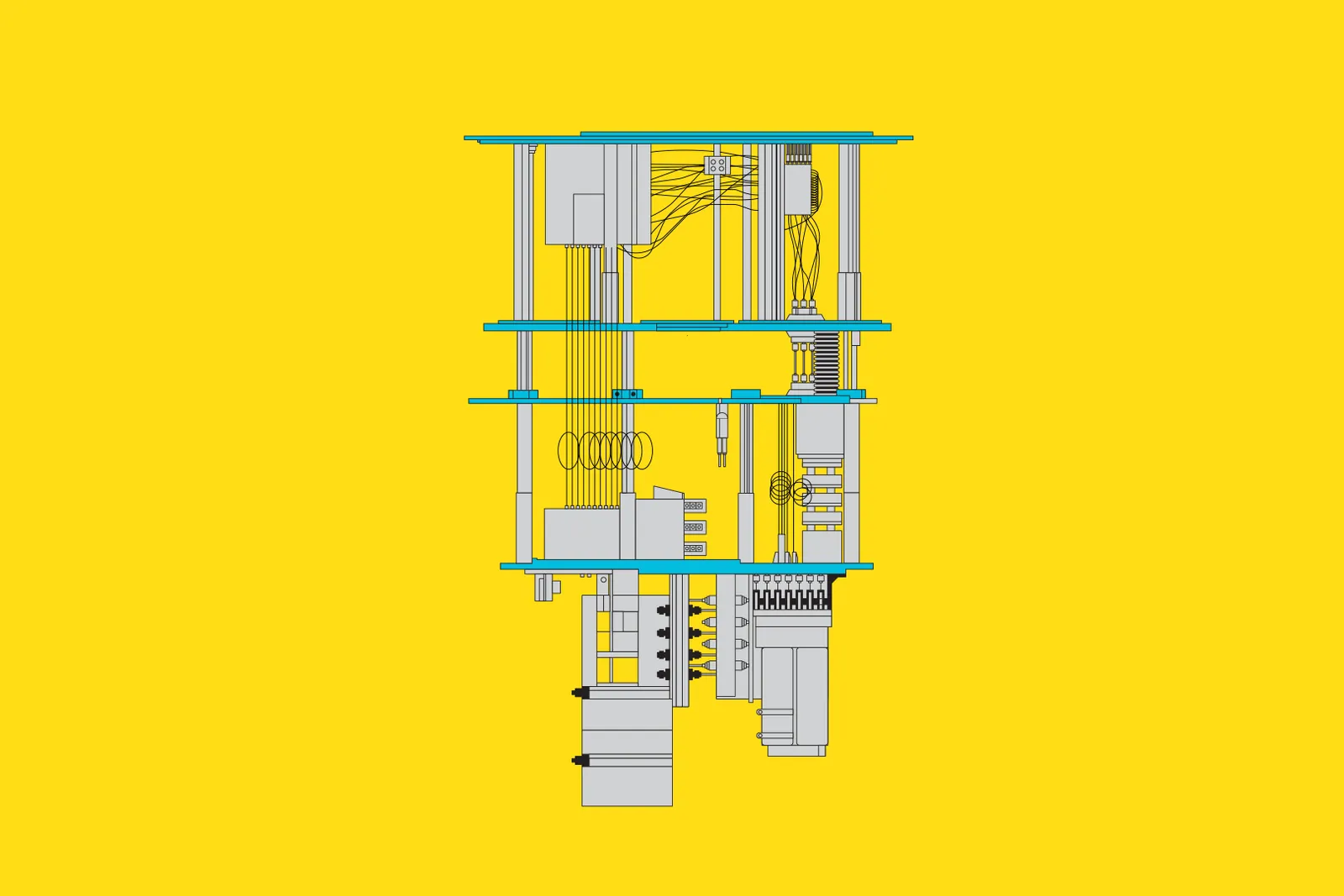Quantum computing’s potential to revolutionize industries from medicine to materials science is undeniable. However, a major hurdle currently impeding its progress is quantum error correction: the delicate dance of mitigating the inherent instability of quantum bits (qubits) that renders computations prone to errors. Now, a bold challenger has entered the arena – Quera, a quantum computing startup spun out of Harvard University, announces its audacious claim to surpass industry leader IBM in achieving practical error correction.
Key Highlights:
- Quera, a Harvard spin-off, unveils ambitious roadmap for robust quantum error correction.
- Company claims 2026 timeline for practical quantum computing, surpassing IBM’s estimations.
- Unique hardware architecture and transparent, user-friendly error correction process at the core of Quera’s strategy.
- Industry experts remain cautious, citing the inherent complexity of quantum error correction.

Quera’s ambitious roadmap lays out a two-pronged approach. Firstly, the company plans to leverage its unique hardware architecture, characterized by the use of “topological error correction.” This approach leverages the inherent physical properties of certain materials to encode qubits in a way that makes them more resilient to errors. Secondly, Quera aims to achieve a seamless, transparent error correction process for users. Instead of manual intervention, the hardware itself would handle error detection and correction in the background, simplifying user experience and potentially paving the way for larger-scale quantum applications.
The potential implications are staggering. Quera’s timeline suggests achieving practical quantum computing, capable of tackling real-world problems, by 2026. This significantly undercuts IBM’s own estimations, which place this milestone several years further into the future. If successful, Quera could disrupt the quantum computing landscape, accelerating advancements in drug discovery, materials science, and financial modeling, among others.
Quera’s hardware architecture hinges on topological quantum error correction (TEC), a method inspired by exotic states of matter in condensed matter physics. Unlike traditional gate-based approaches, TEC encodes logical qubits across multiple physical qubits arranged in specific geometrical patterns. This entanglement acts as a shield, distributing errors across the system and making them easier to detect and correct.
However, experts remain cautious. As Dr. Anya Patel, a leading quantum physicist at MIT, points out, “Quantum error correction remains one of the most significant challenges in this field. While Quera’s approach holds promise, translating theoretical models into robust hardware and scalable systems is no easy feat.”
Dr. William Chen, CEO of Quera, acknowledges the hurdles but expresses confidence in their approach. “We believe our unique hardware and transparent error correction process represent a game-changer,” he states. “We’re actively collaborating with renowned researchers and industry partners to ensure our roadmap becomes reality.”
Only time will tell if Quera can deliver on its bold promises. But one thing is certain: the race to harness the true power of quantum computing is intensifying, and Quera’s audacious plan has injected a jolt of excitement into the field. With continued advancements and collaborations, the dream of unlocking quantum computing’s potential may soon become a tangible reality.
Quera’s ambitious vision for error correction injects excitement into the quantum computing landscape. While technical hurdles remain, their unique hardware and user-friendly approach hold immense potential. As they delve deeper into development and partnerships, their progress will be closely watched, possibly ushering in a new era of quantum computing sooner than anyone expected.


















